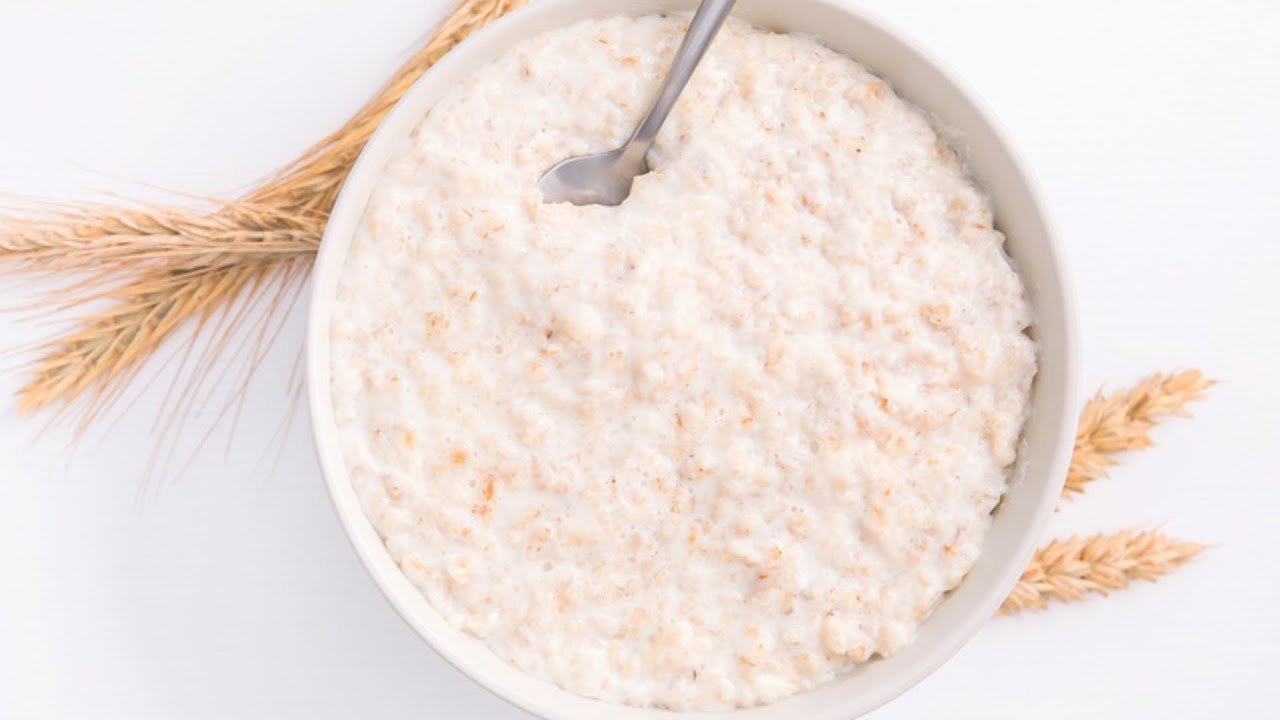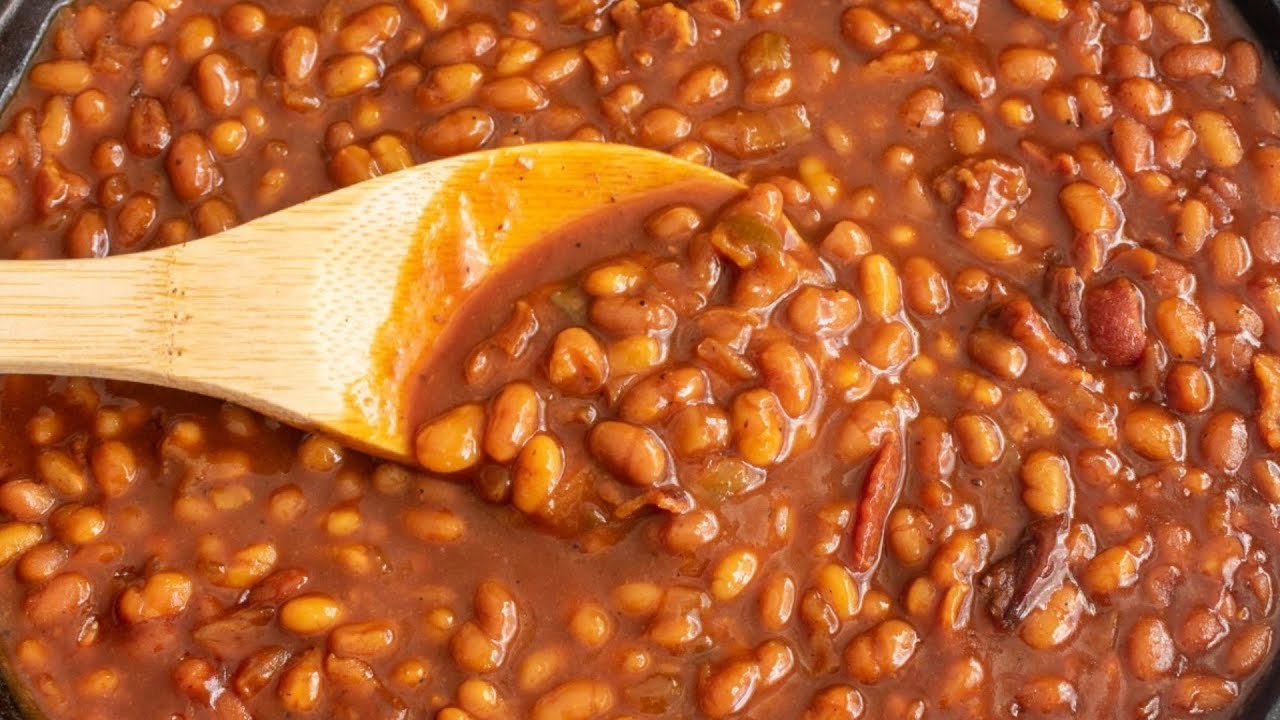The Ultimate Guide to Perfecting Your Oatmeal
Oatmeal is often seen as the quintessential breakfast option, prized for its health benefits and satisfying texture. However, many find themselves disappointed after preparing a bowl of this warm dish. When made correctly, oatmeal can be a comforting start to your day, but it’s all too easy to make mistakes that leave you with a less-than-ideal breakfast experience. Whether you’re a newbie chef or a seasoned kitchen warrior, avoiding common oatmeal pitfalls can turn your breakfast from bland to grand. Let’s explore the missteps that can sabotage your morning meal and how to rectify them for oatmeal that’s nothing short of perfection.
The Perils of Undercooked and Overcooked Oats
One of the biggest missteps is failing to cook your oats properly. Undercooking leads to a gritty texture that’s simply unappetizing, while overcooking risks creating a mushy, unappealing mess. Aim for that sweet spot: cook the oats just long enough, typically around 5 to 10 minutes, depending on the type. Rolled oats can cook faster, while steel-cut oats require more time and patience. Keep a close eye as they bubble away, and remember that they will continue to cook even after being removed from heat.
Soaking: A Simple Strategy for Success
Soaking your oats can be a game-changer. This technique softens the grains and reduces cooking time, delivering a creamier consistency. For rolled oats, a quick soak in water or milk (dairy or non-dairy, like almond or oat milk) for as little as 30 minutes can make a significant difference. Steel-cut oats benefit even more, ideally being soaked overnight. Embrace this easy preparation step to enhance your oatmeal experience.
Flavor Matters: Don’t Skip the Seasoning
Oatmeal on its own can taste bland, which is why flavoring is crucial. Many people make the mistake of neglecting to add spices or other components until after the oats are cooked. Incorporate cinnamon, vanilla extract, or even a pinch of sea salt during cooking for a depth of flavor that transforms the entire dish. A dash of salt is particularly important; it brings out the natural sweetness of the oats and any additional toppings you might choose.
Timing is Key: Add Ingredients at the Right Moment
When it comes to toppings, timing is everything. Many cooks wait until the oats are fully prepared to sprinkle in fruits, nuts, or seeds. However, adding them during cooking can infuse the oatmeal with flavor while allowing them to soften pleasantly. For instance, throwing in some berries midway through will create a luscious, jammy texture, while bananas added at the end can provide a creamy, delicious finish.
The Liquid Equation: Get It Right
Using the right amount of liquid is paramount. Too little, and you’ll produce a dry, clumpy concoction; too much, and you’ll be left with a soupy mess. The typical ratio for rolled oats is 1 cup of oats to 2 cups of liquid, but this can vary based on personal preference and the type of oats used. Experimenting can help you find your perfect consistency, whether you like it thicker or plentifully creamy.
Stirring: A Small Gesture with Big Impact
Stirring your oatmeal regularly while it’s cooking is another often-overlooked detail. This simple action helps prevent clumping and ensures even cooking. Plus, it allows all flavors to mingle beautifully, enhancing the overall dish. Don’t forget to give it a gentle stir as you’re adding in any toppings to evenly distribute them throughout the oats.
Reveling in Oatmeal Perfection
Achieving the perfect bowl of oatmeal requires a delicate balance of ingredients, timing, and technique. By avoiding common mistakes—like under or overcooking, skipping flavors, or neglecting the right liquids—you can elevate your breakfast from ordinary to extraordinary. So, gather your oats, prepare your toppings, and savor the delicious possibilities that await each morning. Remember, a little care can go a long way in creating a satisfying oatmeal experience that fuels your day ahead!









